- - What is Gastric Sleeve Recovery Time?
- - Gastric Sleeve Recovery Time: Day by Day and Week by Week
- - What to Expect During Gastric Sleeve Recovery
- - Diet During Gastric Sleeve Recovery Time
- - Get Safe and Effective Gastric Sleeve Recovery with Turkey Luxury Clinics
- - Takeaways: Gastric Sleeve Recovery Time Tips
Gastric sleeve recovery time varies by individual, but understanding the full recovery journey can make a big difference. In this step-by-step guide, we cover everything from hospital discharge to long-term adaptation—so you can heal safely, avoid complications, and start seeing real, sustainable weight loss.
In this article, we break down everything you need to know about healing and recovery after gastric sleeve surgery — from the first few days post-op to when your stomach fully heals.
At Turkey Luxury Clinics, our specialists are committed to guiding you through a safe and smooth recovery, helping you avoid complications and achieve the best possible results.
What is Gastric Sleeve Recovery Time?
Gastric sleeve recovery time is the period that starts immediately after surgery and continues until full physical and internal healing is achieved.
It involves two essential phases: the short-term recovery phase, which focuses on wound healing, pain management, and dietary transitions; and the long-term phase, where patients gradually return to daily activities, adapt to new eating habits, and build a sustainable lifestyle for weight loss.
Understanding this timeline is key to achieving safe and successful results after gastric sleeve surgery.
Gastric Sleeve Recovery Time: Day by Day and Week by Week
Gastric sleeve recovery time is divided into several stages — starting from the first few days post-op to full healing and lifestyle adjustment. Here's a breakdown of what to expect week by week:
Days 1–2: Hospital Stay and Initial Recovery
After gastric sleeve surgery, patients typically stay in the hospital for 1 to 2 days. During this time, they may experience nausea, mild pain, or discomfort due to anesthesia. A drainage tube is often used to monitor for leakage. Patients are closely observed to ensure there are no immediate complications.
Days 2–5: Transition to Home Recovery
Most patients are discharged during this phase. At home, rest is essential. Avoid driving, long walks, or sudden movements. Always consult your bariatric surgeon for follow-up and report any unusual symptoms.
Week 1–2: Early Healing Phase
Patients often feel weak or fatigued. This stage is critical for preventing complications like staple line leaks or infections. It’s important to follow your surgeon’s dietary guidelines, avoid strain, and monitor your wounds.
Week 2–4: Gradual Adjustment to Diet and Energy
Strength and energy begin to return. Patients start introducing thicker, high-protein liquids such as milk, protein shakes, and strained soups. Focus remains on stomach healing and incision care.
Week 4–6: Return to Normal Routine
By this time, many patients resume light daily activities. Solid foods are gradually reintroduced, and light to moderate exercise becomes part of the routine.
Key milestones during this stage:
- Incisions are mostly healed
- Physical activity resumes, except heavy lifting
- Start of visible weight loss and appetite control
Month 3 to 6: Long-Term Recovery and Weight Management
By months 3 to 6 of gastric sleeve recovery time, most patients have completed the physical healing phase. At this stage, the focus shifts toward maintaining weight loss through healthy eating, regular physical activity, and adapting emotionally to new lifestyle habits. However, some patients may still face long-term side effects such as loose skin, acid reflux, or nutritional deficiencies—making ongoing medical support and self-care essential.
Related topic: What to expect 2 years after gastric sleeve and after 10 years
What to Expect During Gastric Sleeve Recovery
Recovery Outcomes After Gastric Sleeve Surgery
Outcomes such as weight loss and improvement in chronic health conditions like diabetes or sleep apnea do not occur immediately after gastric sleeve surgery. These results typically appear as patients begin to lose weight over time.
However, some important immediate outcomes resulting from the reduced stomach size include feeling full after small meals, decreased appetite, and the onset of rapid weight loss.
Internal and External Healing After Gastric Sleeve
1. Gastric Sleeve Incision healing
Gastric sleeve surgery typically involves 5 to 6 small incisions, each measuring 5 to 15 mm, made laparoscopically in the abdomen.
These small cuts replace the need for one large incision and help reduce recovery time. Gastric sleeve healing time typically occurs within the first 2 to 4 weeks of recovery.
To ensure proper healing and avoid infection, patients should avoid swimming, scrubbing the wounds, strenuous movement, or lifting heavy objects.
2. Stomach Healing After Gastric Sleeve:
The stomach healing process includes:
- Staple line healing
- Physiological changes in stomach function
- Complete tissue recovery timeline
- Adaptation to the new stomach size and shape
While external incisions — the skin wounds at the laparoscope insertion sites — usually heal within 2 to 3 weeks, the internal stomach incision typically heals within 4 to 6 weeks after gastric sleeve surgery.
Common Side Effects After Gastric Sleeve Surgery
Like any surgery, gastric sleeve may cause side effects during the early recovery period. These include pain, digestive issues, and changes in bowel habits — most of which are temporary and manageable.
1. Pain during gastric sleeve recovery time
Because gastric sleeve is done laparoscopically, most patients experience mild to moderate pain in the first week. The pain gradually decreases as the body heals.
Types of pain after gastric sleeve may include:
- Neck and shoulder pain after gastric sleeve:
- Caused by the gas used during laparoscopic surgery, which can irritate the diaphragm and cause referred pain in the upper body. This usually lasts a few days.
- Incision pain after gastric sleeve:
- Tightness or soreness around the small abdominal incisions is common. It can be managed with rest and pain relievers and typically fades within a few days.
2. Digestive Issues After Gastric Sleeve
After gastric sleeve, the stomach holds much less food — leading to early satiety. But this change may also cause short-term side effects, such as:
- Nausea and bloating
- Heartburn or acid reflux
- Vomiting (especially if overeating)
These issues often improve as your body adjusts to your new eating habits. Sticking to your bariatric diet and eating slowly can help reduce these symptoms.
3. Bowel Movement Changes After Gastric Sleeve Surgery
Constipation is common in the first few weeks due to reduced food intake, dehydration, or low fiber. On the other hand, some patients may experience diarrhea — especially if they consume high-fat or sugary foods.
Most bowel irregularities after gastric sleeve resolve within a few weeks. If symptoms persist, your doctor may recommend:
- Increasing water and fiber intake
- Light physical activity (like walking)
- Temporary use of mild laxatives or antidiarrheals under supervision
Long-Term Complications After Gastric Sleeve Surgery
Long-term complications after gastric sleeve surgery can vary from minor gastrointestinal issues and nutritional deficiencies to more serious problems such as delayed gastric leaks and the need for revisional surgery.
- Gastrointestinal Complications: Common gastrointestinal complications include:
- GERD (gastroesophageal reflux disease)
- Dumping syndrome
- Peptic ulcers
- Gallstones
- Hernias
- Bowel obstruction
- Nutritional Deficiency and Malabsorption:
- Reduced absorption of important vitamins and minerals, such as vitamin B12, iron, and vitamin D, can occur. These deficiencies can be managed through multivitamin supplements and regular medical check-ups.
- Loose and Saggy Skin:
- After rapid and significant weight loss, loose or saggy skin may develop, impacting both physical health and emotional well-being. Gradual weight loss and regular exercise are recommended to minimize sagging. In some cases, surgical removal of excess skin may be necessary for a permanent solution.
- Emotional and Psychological Issues:
- Some patients require time to adjust to their new body shape, cope with social impacts, and manage emotional eating habits. Consulting a psychologist is an essential part of recovery to address negative emotions and prevent depression and anxiety.
- Gastric Sleeve Revision
- Revisional gastric sleeve surgery to correct complications or modify the initial procedure is rare but may be necessary for successful outcomes or even life-saving in some cases. Indications for revision include:
- Staple line complications (such as leaks, bleeding, or stenosis) caused by mechanical or ischemic issues
- Severe side effects unresponsive to medication, including severe GERD or persistent vomiting
- Stretching of the gastric sleeve, insufficient weight loss, or weight regain
Returning to Daily Life After Gastric Sleeve
1. Returning to Work After Gastric Sleeve:
Returning to work after gastric sleeve varies between patients. Generally, most people can resume work 2 to 4 weeks after surgery, depending on their medical condition, healing progress, and job demands.
2. Exercises After Gastric Sleeve:
Exercise is important after gastric sleeve surgery for several reasons:
- It is crucial for healthy, gradual, and proper weight loss.
- Exercise helps prevent skin sagging and builds and strengthens muscles, improving overall health and enhancing body shape.
- It also boosts mood and psychological well-being, helping manage emotional eating and overcome socio-psychological challenges.
It is essential to start gradually with gentle exercises like walking and slowly increase intensity.
3. Driving After Gastric Sleeve:
Patients can drive after one week; however, this period varies between individuals depending on incision healing. Always consult your surgeon before driving.
Diet During Gastric Sleeve Recovery Time
The gastric sleeve recovery diet progresses through 5 main stages:
- Stage 1 – Clear liquids (Days 1–3): water, broth, sugar-free drinks only
- Stage 2 – Full liquids (Week 1–2): protein shakes, skim milk, strained soups
- Stage 3 – Pureed foods (Week 3): blended vegetables, soft proteins, smooth consistency
- Stage 4 – Soft foods (Week 4): scrambled eggs, soft fruits, ground chicken or fish
- Stage 5 – Solid foods (Week 5+): small portions of lean protein, soft veggies, whole foods
Get Safe and Effective Gastric Sleeve Recovery with Turkey Luxury Clinics
Gastric sleeve surgery can open the door to a healthier, more confident, and happier life — and a proper recovery is the key to that transformation.
With Turkey Luxury Clinics, you receive trusted, step-by-step support from experienced specialists to ensure a safe, smooth recovery with maximum success and minimal risk of complications.
Whether you're planning for surgery or need post-operative support, our experts are here to guide you through every stage of the journey.
Contact us today for a free consultation and take the first step toward lasting results.
Interesting reads: What They Don’t Tell You About Gastric Sleeve Surgery
Takeaways: Gastric Sleeve Recovery Time Tips
- Follow your surgeon’s diet plan step by step — it’s key to healing and long-term weight loss.
- Care for your incisions and avoid physical strain in the first few weeks.
- Stay active gradually — walking daily helps prevent complications and supports metabolism.
- Drink enough fluids and prioritize protein in every meal.
- Get support from a dietitian and psychologist if needed — both physical and emotional recovery matter.
- Surgery is a starting point, not a final solution. Lifelong habits make the real difference.




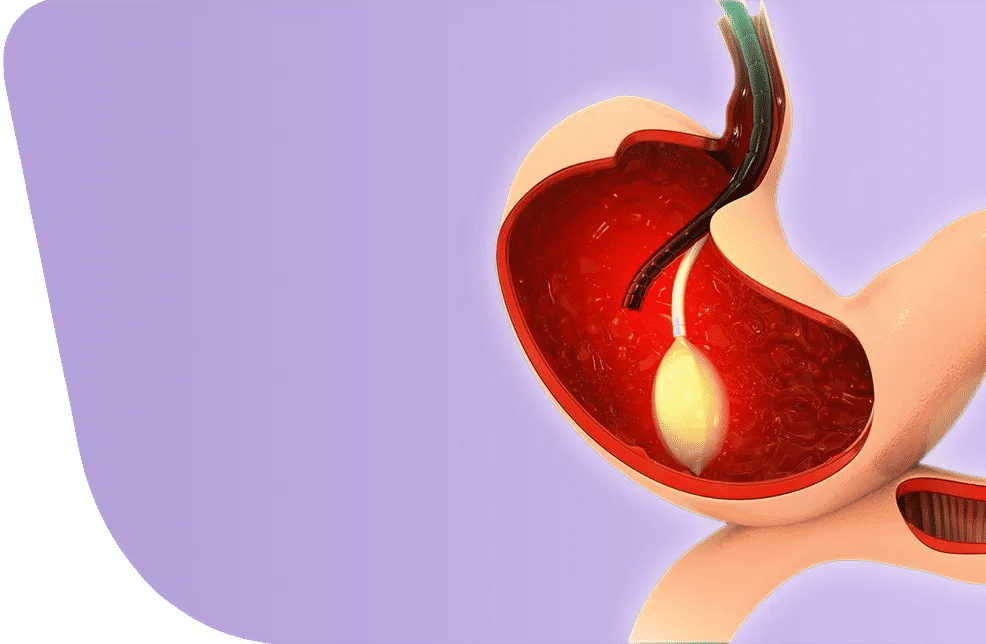
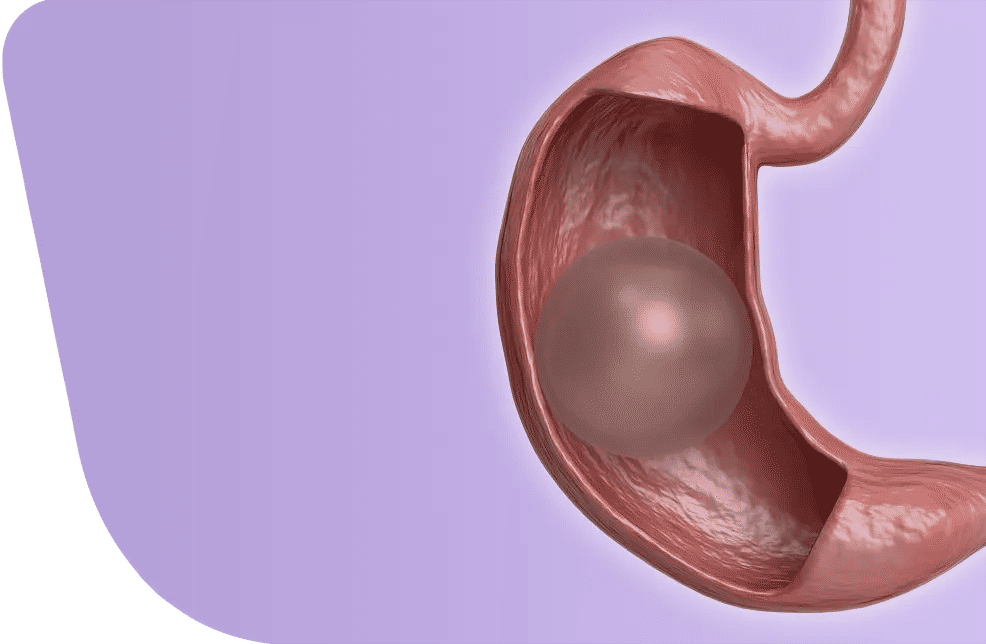
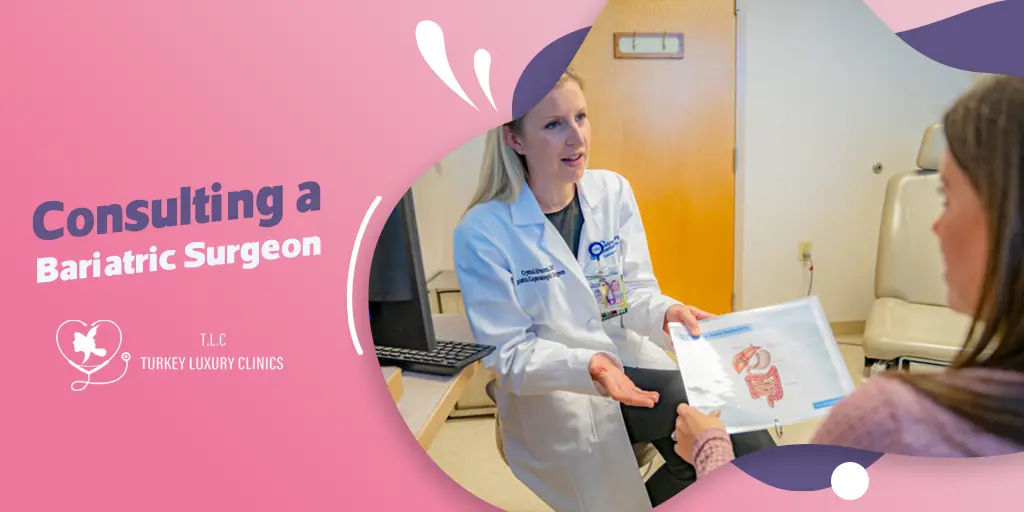
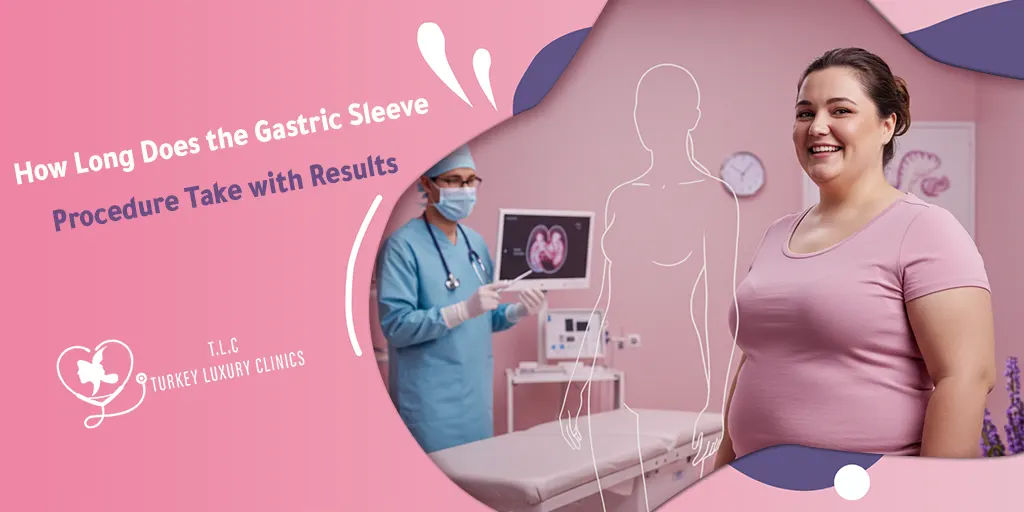

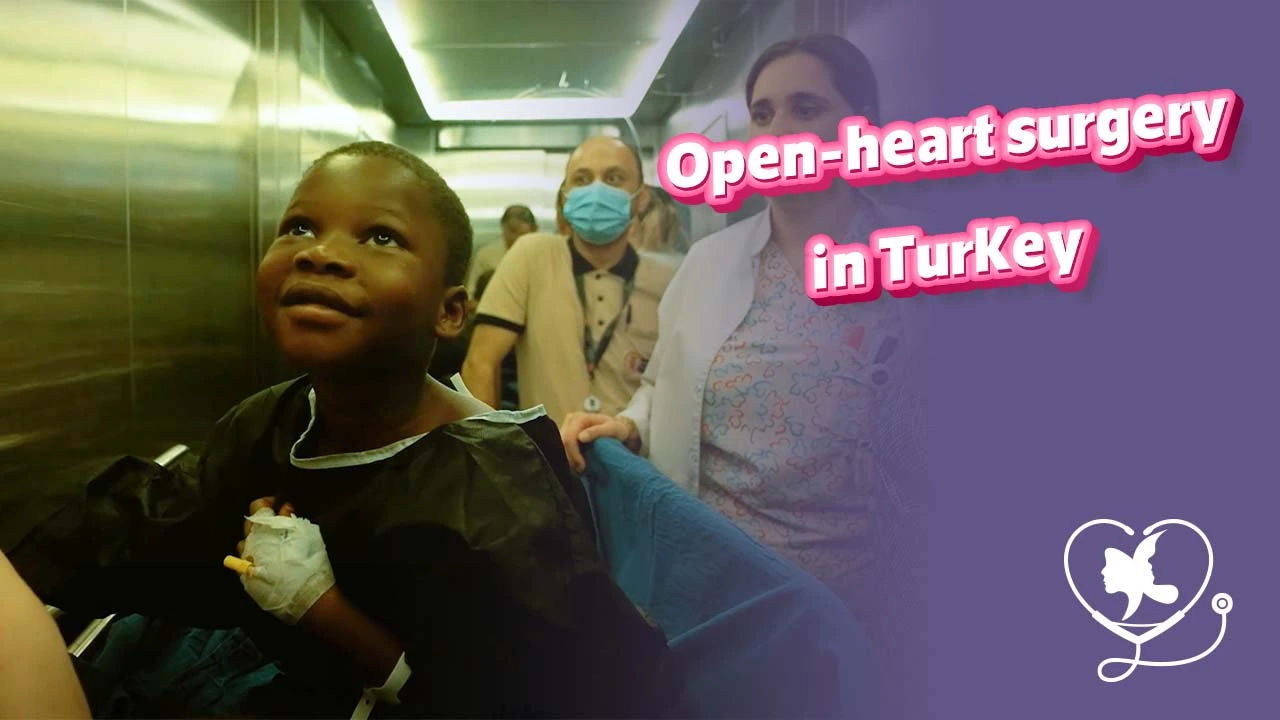


.webp)
.webp)
.webp)
.webp)

